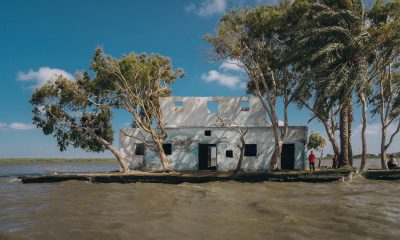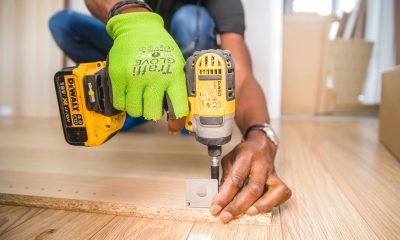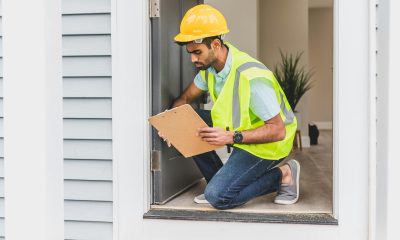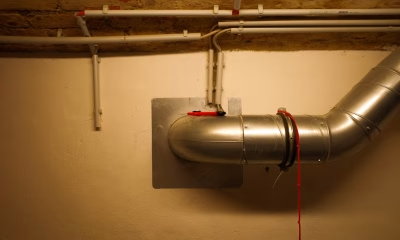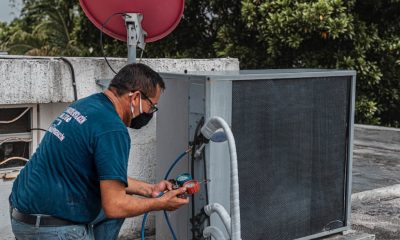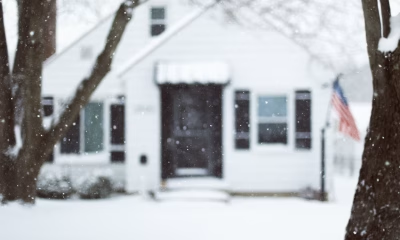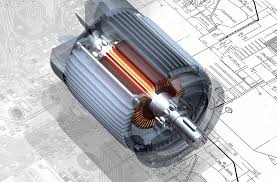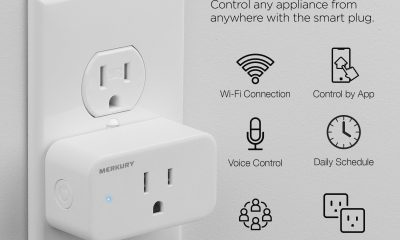Guides
From Cleanup to Care: A Homeowner’s Guide to Storm Recover
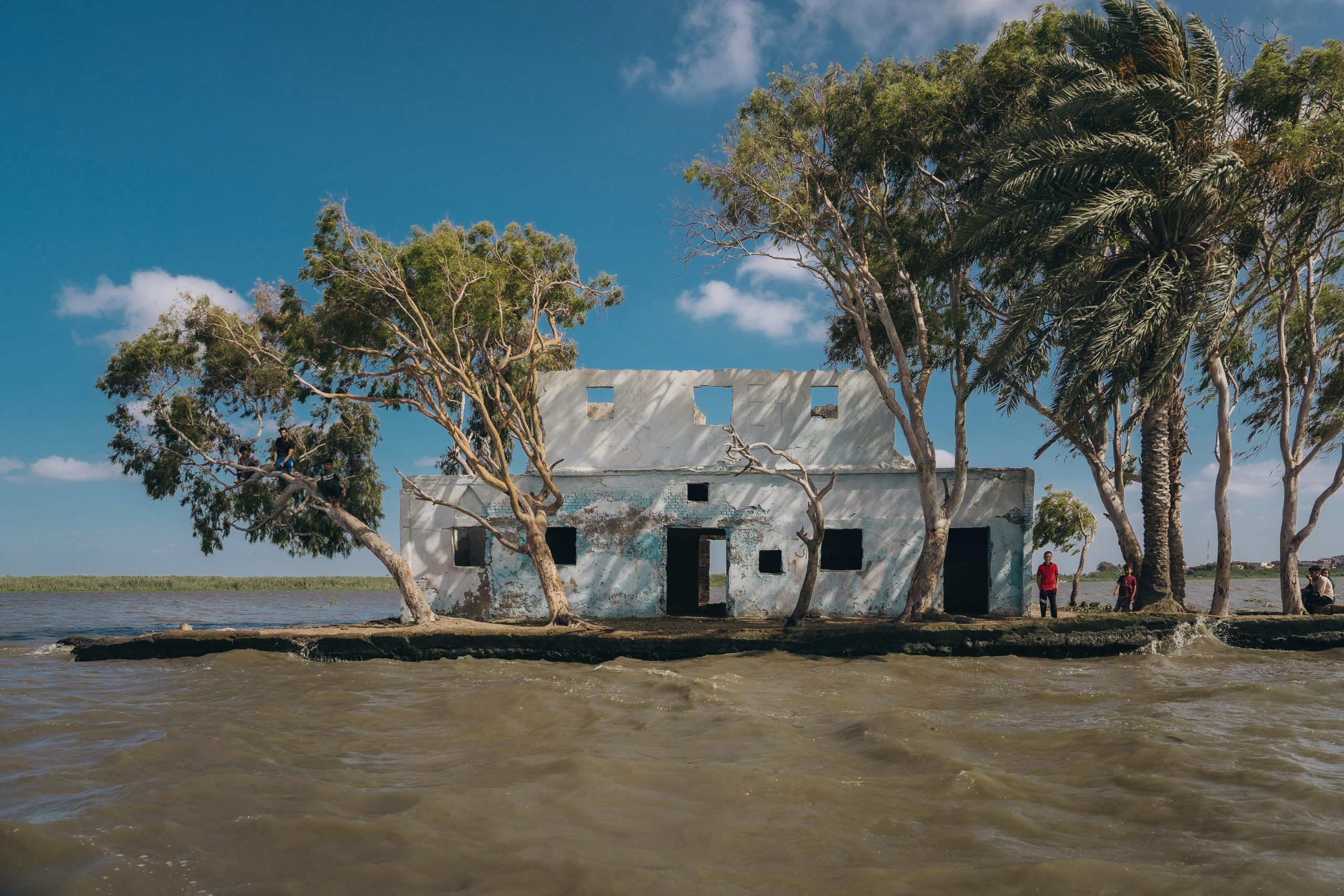
Storms can leave families dealing with damaged walls, soaked flooring, and scattered debris. In Northeast Georgia, where strong weather can strike unexpectedly, knowing how to handle the aftermath matters. Beyond clearing fallen branches or drying carpets, there’s a process to recover safely and efficiently.
Acting quickly helps prevent further issues, such as mold and hidden water damage. Residents benefit from understanding when to call for help and how to organize recovery efforts step by step.
Here’s what you should do after a storm, from assessing safety to restoring comfort, so you can regain stability and confidence without feeling overwhelmed:
Start with a Safety Check
The first step after any storm is to make sure everyone is safe. Look for fallen power lines, exposed wires, or weak structures before stepping inside.
Avoid walking through standing water since it can hide sharp objects or electrical hazards. If you smell gas, leave immediately and contact local authorities.
Turn off the main power only if it’s safe to do so. Checking for hazards early helps prevent accidents and provides a clear idea of what needs attention next. Once you know the surroundings are safe, you can begin focusing on cleanup and recovery with less stress.
Call in Professional Help for Damage Assessment
After a storm, property owners in Northeast Georgia often face soaked flooring, damaged walls, and moisture trapped in hidden areas. This is where RestoPros of Northeast Georgia can make a difference.
They specialize in inspecting and restoring structures after severe weather. Their trained team uses drying systems, dehumidifiers, and moisture detection tools to remove water efficiently.
They also handle mold prevention and odor removal, which helps restore safety and comfort faster. Their process includes assessing all affected areas, cleaning debris, and ensuring every part of the structure is secure.
Hiring them means you can recover quickly and reduce stress after a storm.
Document the Damage for Insurance Claims
Before discarding anything, take detailed photos and videos of every affected area. Make a list of damaged furniture, flooring, and personal items. This record helps you file an accurate insurance claim later. Contact your insurance company as soon as possible to start the process.
Keep receipts for any immediate cleanup expenses; they might be reimbursed. Clear documentation ensures fair compensation and avoids confusion during claim reviews. The goal is to create a clear picture of the situation so your insurance provider can process the claim efficiently. Staying organized during this stage saves time and frustration down the line.
Begin Immediate Cleanup Efforts
Start by removing soaked carpets, furniture, and debris to prevent mold growth. Wear gloves, masks, and protective shoes while handling items. Open windows to let in fresh air and help with drying. Wipe down surfaces with disinfectant to remove bacteria brought in by floodwater.
If water levels are high, consider disposing of porous materials that cannot dry completely. Quick action limits long-term damage and keeps your surroundings healthier. Once the area is clear, you can decide what needs deeper restoration or replacement. Taking these first steps early helps move recovery forward smoothly.
Address Water Damage and Moisture Control
Standing water can seep into walls and flooring, leading to warping or odor issues. Use fans and dehumidifiers to speed up drying. If moisture remains for too long, it can cause mold to develop.
Professionals often use industrial equipment to detect hidden dampness behind panels and under floors. They can also sanitize surfaces to prevent bacterial buildup.
Paying attention to these details early saves you from larger restoration work later. Once moisture is under control, move on to checking for areas that may still need extra drying or sealing to avoid future problems.
Inspect Electrical and Plumbing Systems
Never assume your wiring is safe after heavy flooding. Always turn off the main power before touching anything inside. Have a licensed electrician inspect outlets and fixtures for water exposure.
If water reached high levels, have your heating and cooling units checked, too. For plumbing, look out for visible leaks or low water pressure that might signal hidden damage. Even a small issue can lead to costly damage if ignored. Getting these systems inspected early reduces the chance of hazards and helps everything run efficiently again.
Prevent Mold and Mildew Growth
Mold can begin forming within one or two days of exposure to moisture. Ventilate the area by opening windows and using fans to circulate air. Clean walls, floors, and surfaces with a disinfecting solution. Pay attention to corners, baseboards, and furniture legs where dampness lingers.
If mold appears, call a restoration service that can treat affected areas safely. Keeping humidity levels low helps stop spores from spreading. Preventing mold early protects indoor air quality and keeps your surroundings comfortable and clean for your family.
Restore and Repair Structural Damage
Once the space is dry, it’s time to check for damage that affects the structure. Look for cracks, sagging ceilings, or weakened supports. Fixing these problems early avoids long-term complications. Work with trusted local service providers who understand storm restoration and building safety codes.
Prioritize repairs that affect stability, then move on to cosmetic improvements. Rebuilding gives you a chance to strengthen materials and make the structure more resistant to future storms. Focusing on quality work during this stage provides lasting security and peace of mind.
Check Interior Spaces for Hidden Damage
Even when everything seems fine, hidden moisture can cause trouble later. Check crawl spaces, attics, and storage rooms for signs of dampness or odor. Look behind furniture or under carpets for soft spots that could mean water is trapped. Small leaks can easily go unnoticed until they cause stains or mold.
Keep checking for a few weeks after the storm, especially during humid weather. Identifying small issues early prevents them from turning into bigger repairs. Staying observant makes post-storm recovery more manageable and effective.
Strengthen Your Home for Future Storms
Once recovery is complete, take preventive steps for the next season. Clean gutters regularly, secure loose shingles, and inspect your drainage setup. Install surge protectors to safeguard electronics. Keep emergency supplies stocked, including flashlights, batteries, and bottled water.
You can also trim nearby trees to prevent falling branches. Strengthening your surroundings now can reduce damage next time severe weather hits. Being prepared brings peace of mind and helps your family stay safer through future storms.
Recovering after a storm takes patience, planning, and the right help. Acting quickly, documenting damage, and seeking trusted restoration services make all the difference.
By following these practical measures, you can return to comfort faster and protect your surroundings against future weather challenges. Storm recovery isn’t just about fixing what’s broken; it’s about creating a safe, stable place where life can return to normal.
-

 Gadgets2 years ago
Gadgets2 years agoDoes Nest Thermostats Contain Cameras Or Microphones? Is It Safe For you?
-

 Guides1 year ago
Guides1 year ago10 Best Apps To Control All Your Smart Home Devices.
-
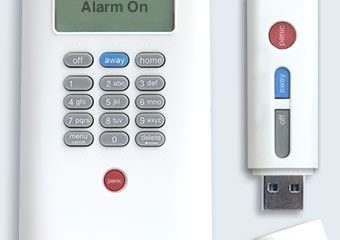
 Gadgets2 years ago
Gadgets2 years agoWhat Is The Purpose Of Red Button On The SimpliSafe Keypad?
-

 Gadgets2 years ago
Gadgets2 years agoComplete Guide About Equalizer settings for Samsung-Soundbar
-

 Accessories2 years ago
Accessories2 years agoBlink Camera’s Temperature Sensor Settings, and More
-

 Solutions3 years ago
Solutions3 years agoWhy is My Samsung TV Picture So Dark? Exploring the Possible Causes
-

 Gadgets3 years ago
Gadgets3 years agoFitbit Symbols Meaning: What Do The Fitbit Icons Mean?
-

 Solutions3 years ago
Solutions3 years agoHow to Connect Your Vizio TV to WiFi Easily Without a Remote?




